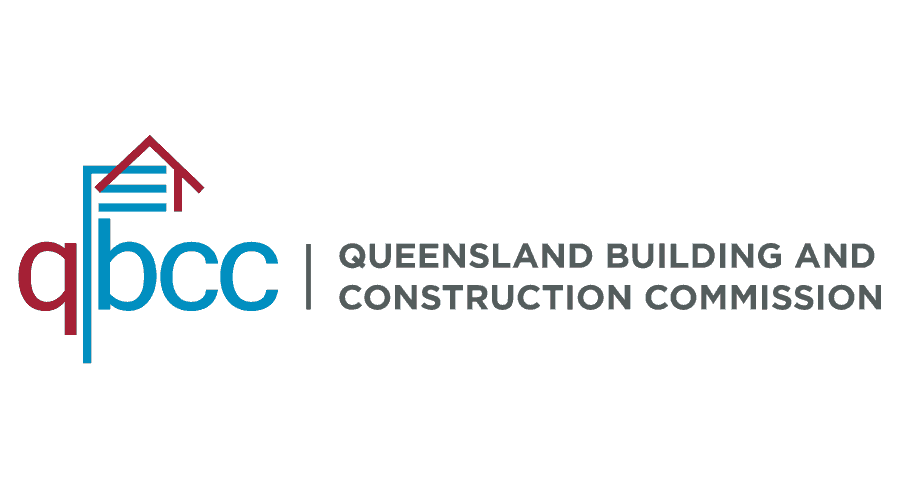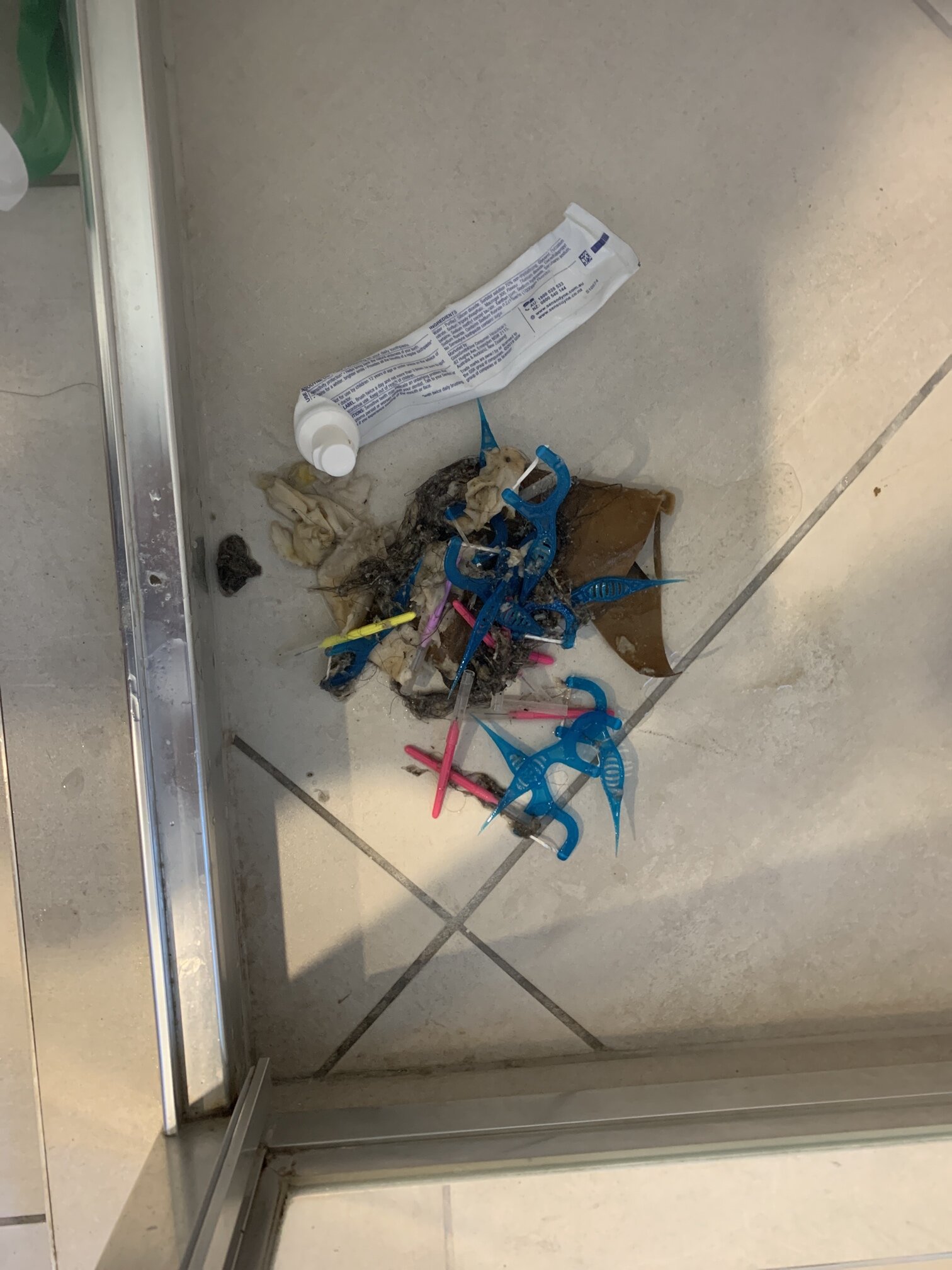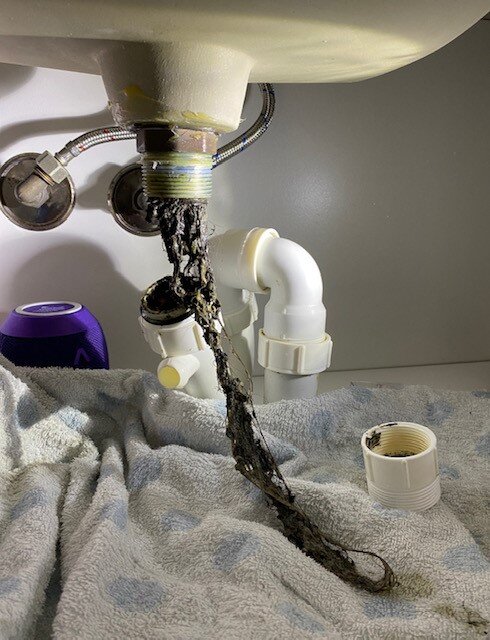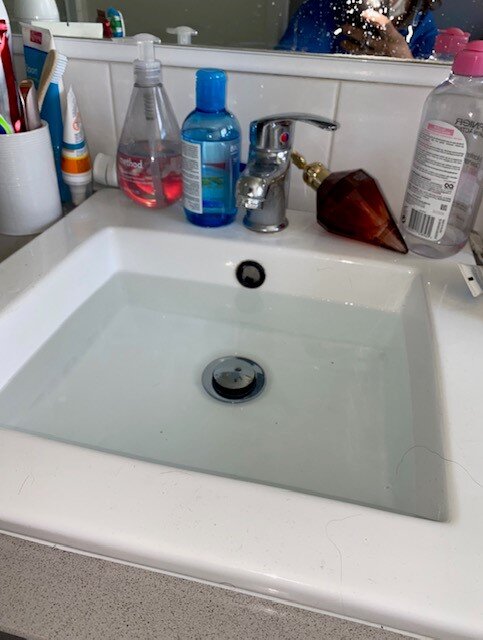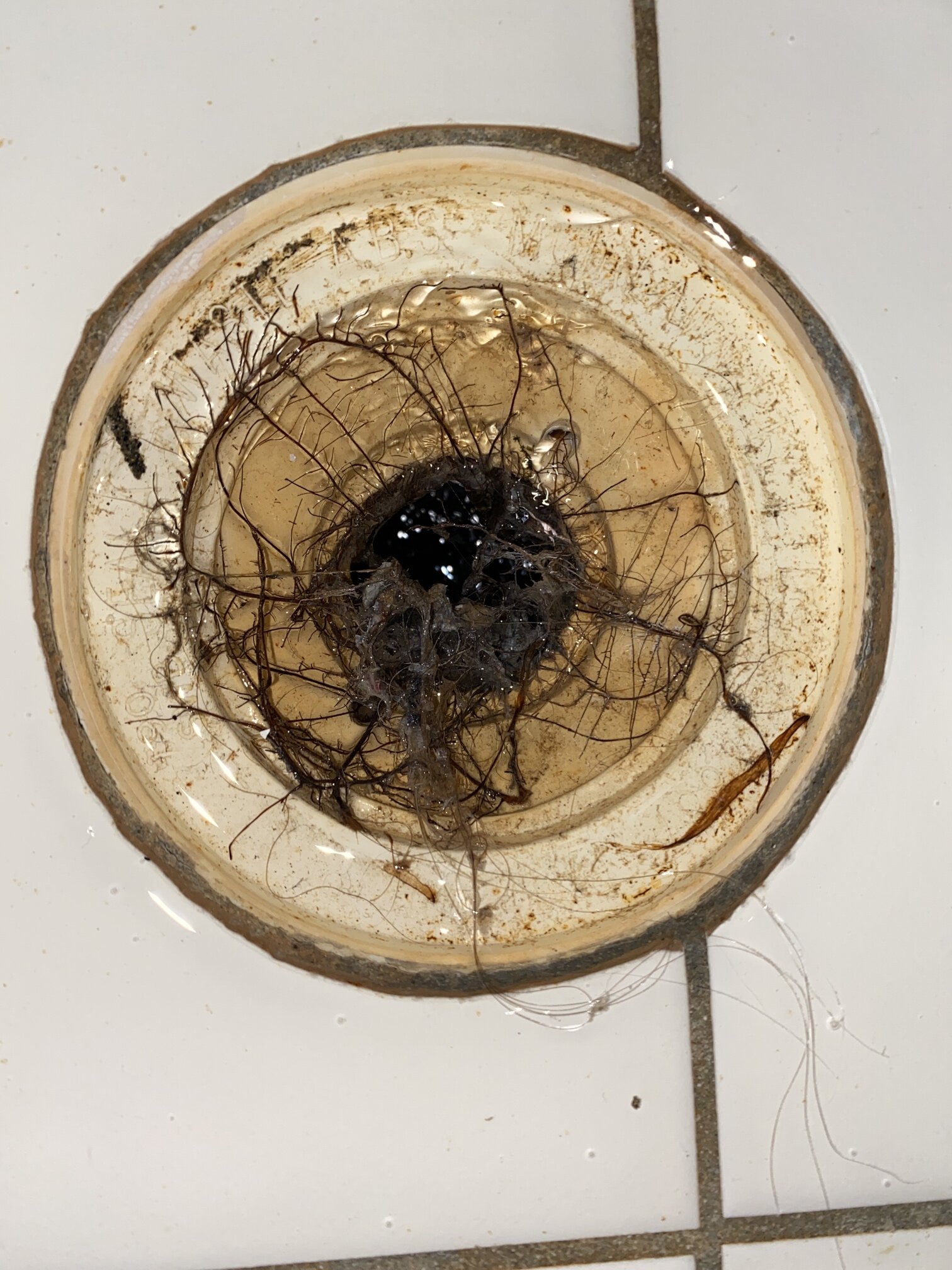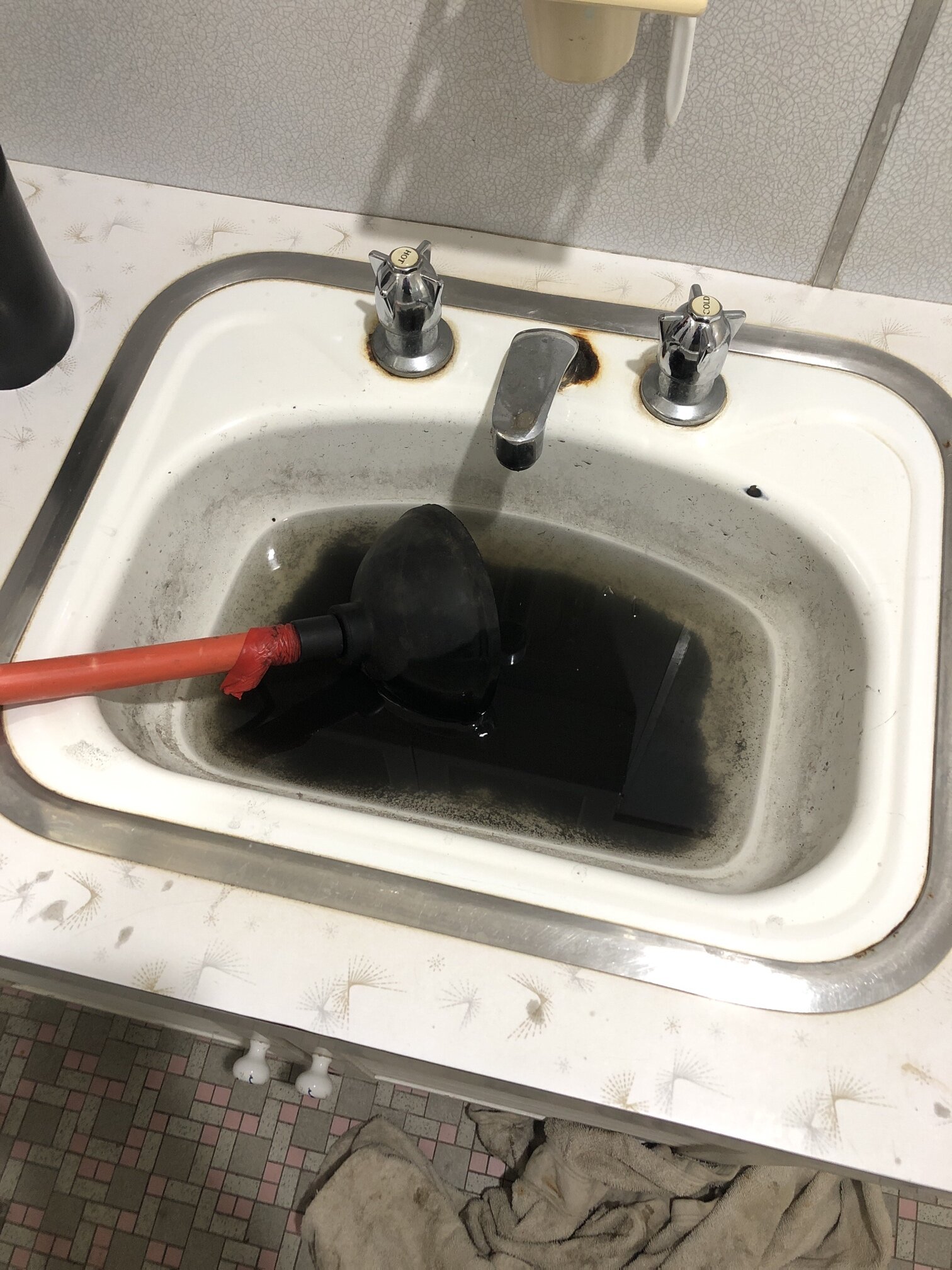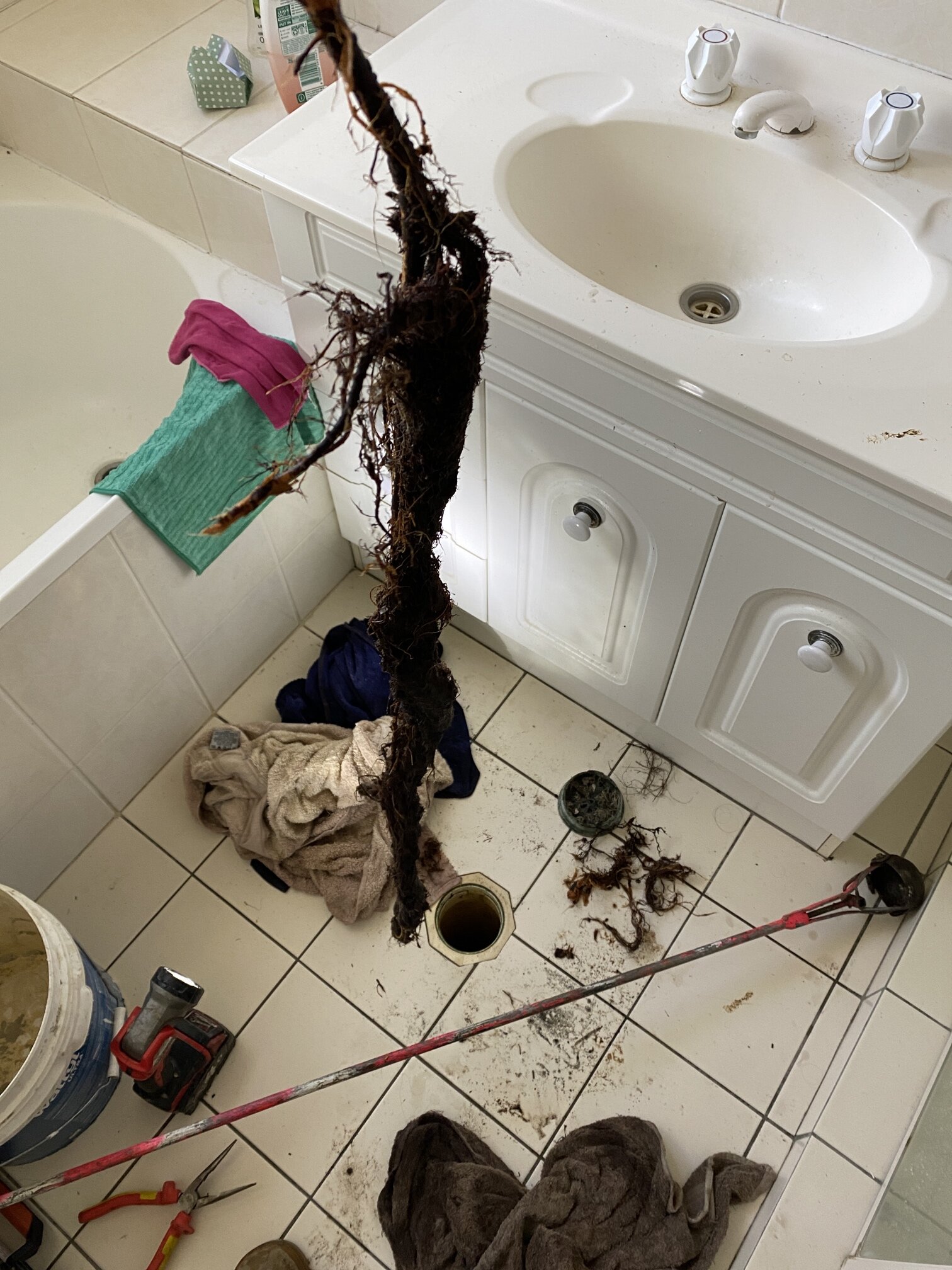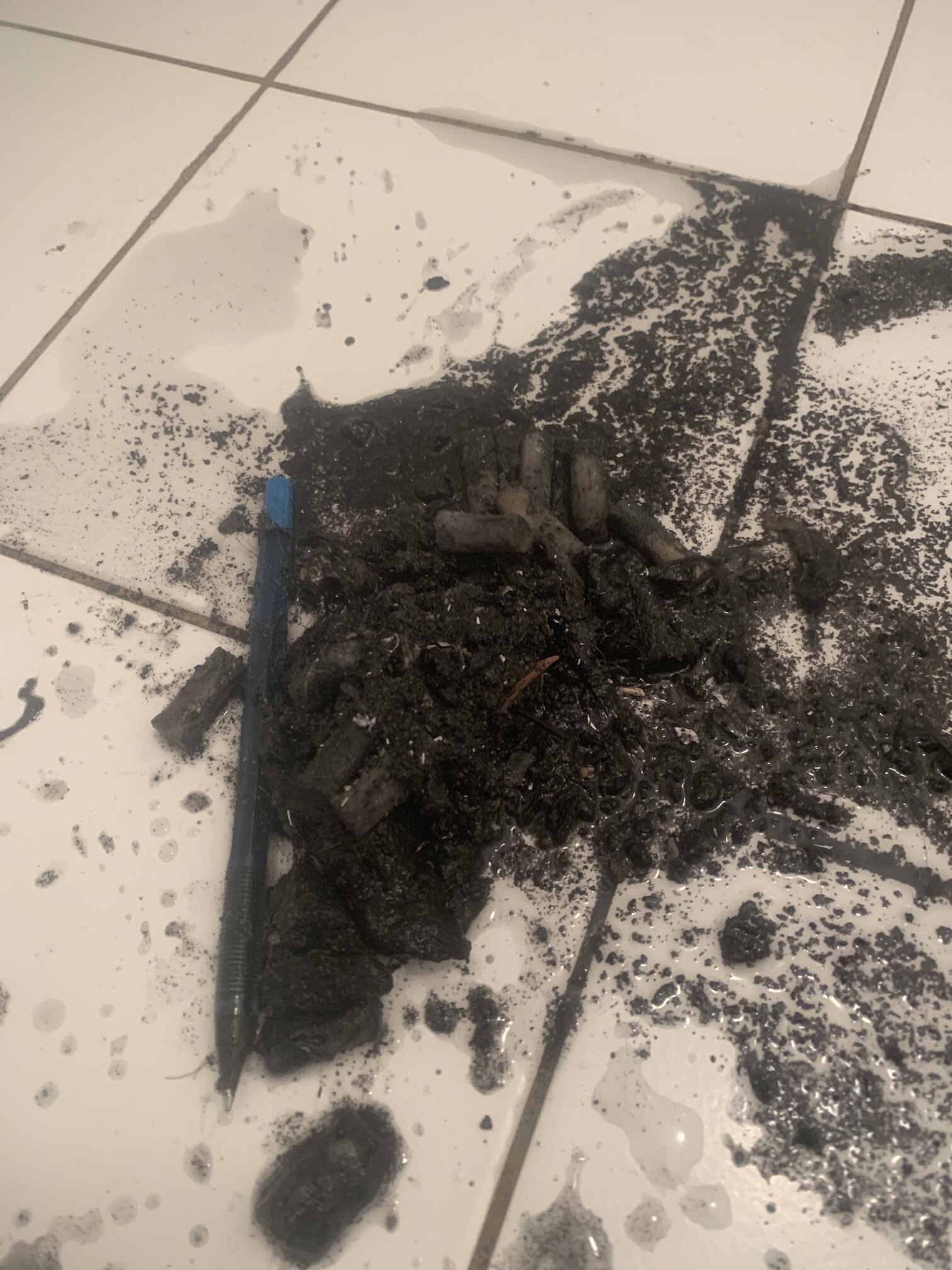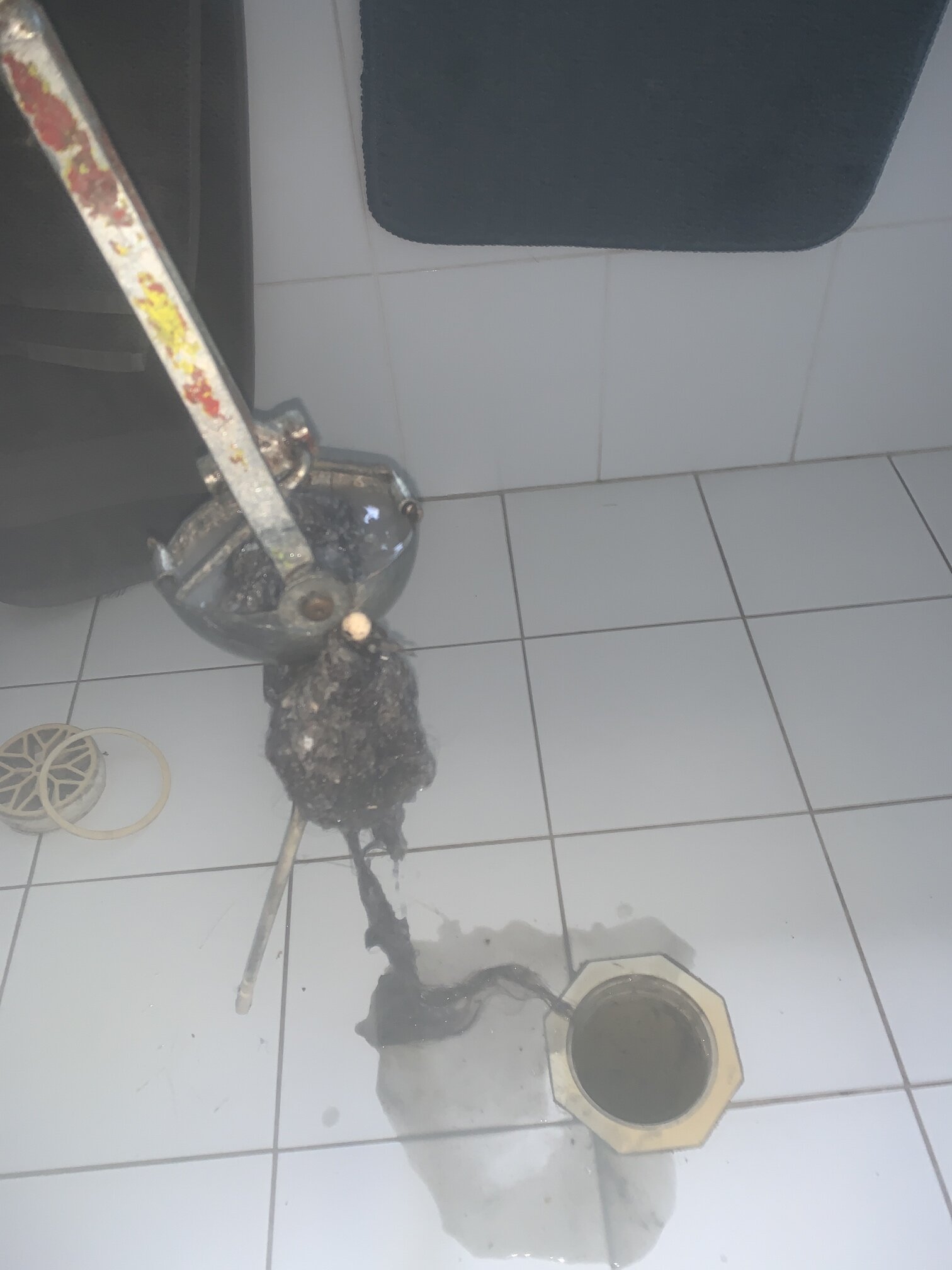What Causes a Bad Smell in the Bathroom
Bad smell in the bathroom
What causes a bad smell in the bathroom and how to fix it.
Richard Moyle - Founder & principal plumber of Moyle Plumbing
What causes a bad smell in the bathroom?
There are many reasons your bathroom can have a foul smell, some are easy to fix your self while others you will need to call your local maintenance plumber.
Starting with the most obvious cause of a bad bathroom smell is the drains - Vanity waste, shower waste, bath waste and floor waste.
Depending on the age of your home, country and state, the plumbing bi- laws vary and have even been updated over the years.
With this in mind, we will talk you through some options to try to fix the smell in bathroom and even show you some photos of some problems we find.
CAUSES OF SMELLY BATHROOM DRAINS
· Blockage
· Residue build up in the vanity pipes
· Residue build up in the shower floor waste
· Residue build up in the bathroom floor waste
· Contaminated water seals
· Broken or damaged drainage pipes under the bathroom
· Failed toilet pan seal or pan connector
· Mould
· Water damage to architraves, vanity cupboard, timbers, damage or lifting tiles
Your bathroom drains are connected to your main sewer via the bathroom branch drain.
Depending on the age of your home, the shower, vanity, bath and floor waste can be all connected. The S bend under the drains acts as a water seal to prevent the sewer smells penetrating back through the home.
If your home has had modifications or bathroom renovations over the years, especially if these modifications were NOT done by a licenced plumber, your problem may be complicated by the incorrect installation of the drains.
Assuming you have not had modifications or bathroom renovations done then your problem may be able to be fixed.
The water seal that we mentioned can become contaminated over time with just use. Remember that I mentioned that your shower, vanity and bath are all connected, so anything that goes down these drains, should flow to the main sewer. On its way, it passes through traps and the water seal. Over time, these pipes build up with body fat, soap scum which becomes a black grease, and although it may not block the drains, it eventually smells if not flushed or cleaned.
If items other than those mentioned above make there way down the vanity, shower, bath or floor waste such as ear plugs, ear buds, tooth brush, underwear, dental floss to name just a few, then the body fat, soap, hair, tooth paste etc, build up on these items and the drains become blocked.
It is surprising how many drains we see with items mentioned removed from the bathroom drains.
HOW TO CLEAN YOUR BATHROOM DRAINS
The drains are not always easily able to be cleaned as it can be difficult to remove the grate covers.
Use a Drain O type cleaning chemical down the drains, being careful to follow the directions on the packet carefully, these chemicals are corrosive and can be dangerous if not used according to the directions.
If your able to remove the bathroom grate carefully without damaging it, remove it and any hair that is attached or hanging off the grate.
Vanity drain – How to clean
If you have a bottle bush, you can try to use this to clean and remove any debris from the vanity drain. We do not suggest that you pull apart the vanity trap, as the pipe can be easily damaged and if the seals have perished or damaged, you may then require a plumber to repair.
Bath drain – How to clean
You will not be able to remove the bath grate, so the best option here is to run hot water down the drain or use a drain cleaning chemical.
Shower drain – How to clean
If your able to remove your shower grate, carefully lift it and remove any residue that is visible. This drain has a water seal that you may not see. Flush hot water through this drain and try to clean the pipe using a long-handled brush or mop with a bleach or other cleaning product of your choice.
Floor Waste – How to clean
Carefully remove the grate, you should be able to see water at the base of this drain. Using a narrow mop, clean the pipe and pour a bucket of hot water down the drain. This will refresh the water seal and maybe assist with any smell in the bathroom.
Replace all grates to the drains.
If the above advice fails to alleviate your bathroom of any smells, then you may have more than just soap scum build up. There may be physical obstructions in the pipe such as ear buds or tooth picks that need to be removed.
Your local maintenance plumber will have the correct tools to remove these items from the drain easily and will give you advice going forward.
Toilet – How to fix the smell from the toilet
Your toilet has a water seal to stop the sewerage smell penetrating back into the home.
If the seals on the toilet are perished, cracked or broken, then a sewerage smell can permeate through your home. This can be a little more difficult to diagnose depending on your style of toilet.
Some toilets will leak when the seal is compromised, while others do not. If you have a concealed toilet pan, where you cannot see the toilet pan seal, we have sometimes found the toilet leaking with the fluid contained under the pan due to the silicon seal around the base of the toilet pan.
If your toilet is leaking, then we strongly recommend you contact your licensed maintenance plumber to repair. Toilet pans can crack when lifted to replace this seal. If your toilet pan cracks, then you will have to also replace the pan and worse case scenario, sometimes the complete toilet needs replacing.
Water sitting in the rear pan seal of a toilet.
It is also more common than you think to find some toilets with the toilet pan seal visible around the back of the toilet, to have a coloured fluid sitting in the seal.
If you find this, then it is most likely to be urine causing the smell.
To test, just grab some toilet paper and hold it in the area, look at the colour and if game, even take a smell.
Urine sitting in the pan seal, will shorten the expected life of a toilet pan seal and it may need to be replaced.
How does urine get in the toilet pan seal?
We find this a common occurrence in homes with male occupants. To prevent this, we simply suggest the males using the toilet urinate directly into the water and not on the inside of the porcelain which then splashes over the side of the toilet pan and down the back into the seal, collecting and causing a foul pungent smell.
If you have a blocked toilet, blocked drain or damaged pipes, you will need to contact your maintenance plumber to help.
If you have visible water damage, lifting or broken tiles due to water damage, you will need to contact your plumber to do an inspection and test the water pipes behind the wall. This damage is very serious and requires immediate attention.




